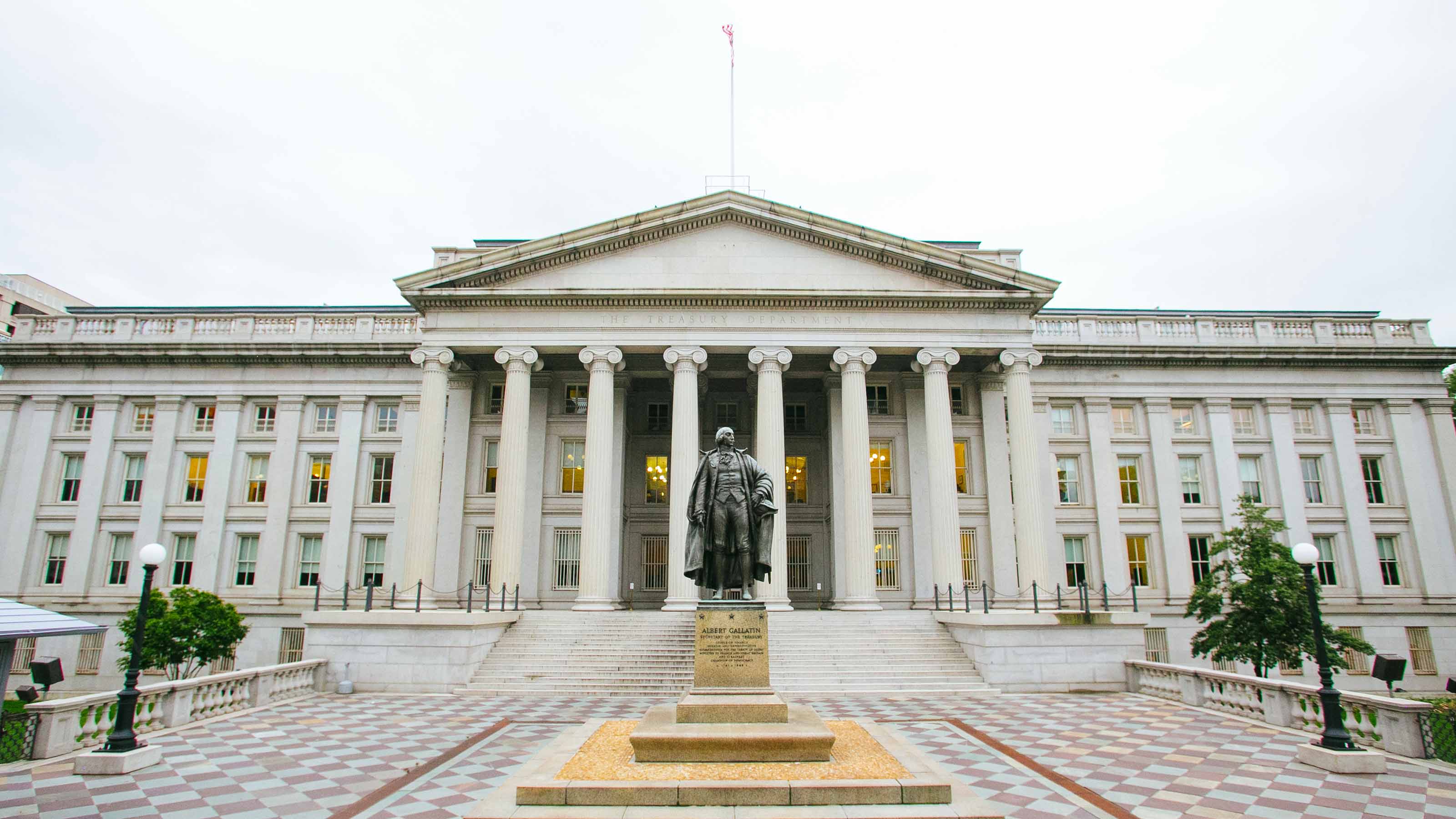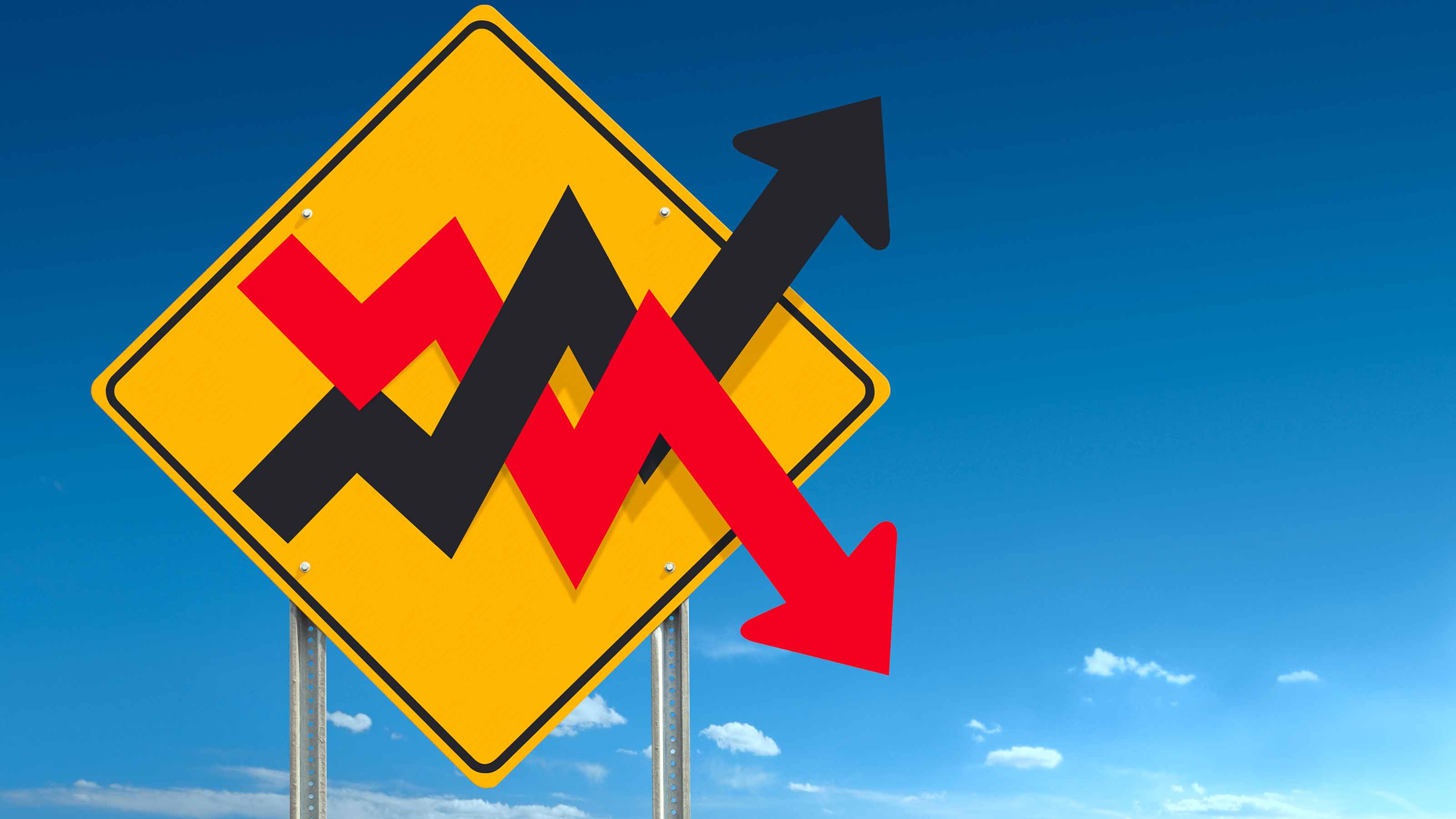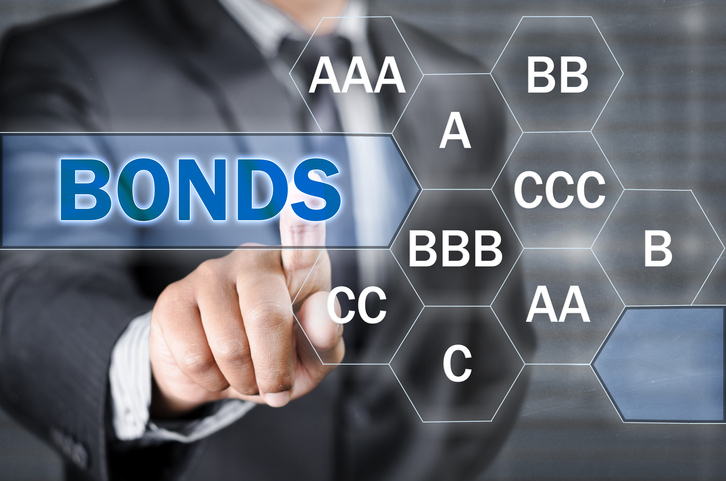Ode to Ginnie Mae
Funds that invest in GNMA securities add safety to your portfolio.

My tribute to the immortal country ballad that has Billy Joe McAllister jumping off the Tallahatchie Bridge won't end in tragedy. Ginnie Maes -- or, more specifically, funds that invest in GNMA securities -- are well suited to grace any income portfolio. This is hands-down my favorite category of government bonds in today's low-interest-rate environment and ought to be yours, too. You should be able to get a yield of about 2.5% from a fund that simply owns pools of U.S.-guaranteed home mortgages. There's no chance that you'll lose anything from defaults and foreclosures. And because the average duration of these funds is relatively short, you expose your principal to much less interest-rate risk than you would if you invested in regular Treasury bonds.
Before I explain how an investment can work so effortlessly, some background. Ginnie Mae is short for Government National Mortgage Association, a federal agency whose mission since 1970 has been to guarantee the timely payment of principal and interest on mortgage securities insured by the Federal Housing Administration, the Veterans Administration and other U.S. government agencies.
GNMA doesn't lend money or sell securities directly, doesn't trade anything and has zero credit risk on its balance sheet. All it does is brand and guarantee mortgage securities that participating banks and other financial institutions create and sell in the open market, which sets prices and yields. These issuers pay GNMA for this backing. Their fees are GNMA's primary source of revenue. The operation earns a regular profit for the taxpayers: $1.2 billion in 2011 and $500 million in both of the two prior years.
From just $107.88 $24.99 for Kiplinger Personal Finance
Become a smarter, better informed investor. Subscribe from just $107.88 $24.99, plus get up to 4 Special Issues

Sign up for Kiplinger’s Free Newsletters
Profit and prosper with the best of expert advice on investing, taxes, retirement, personal finance and more - straight to your e-mail.
Profit and prosper with the best of expert advice - straight to your e-mail.
This is unlike Fannie Mae and Freddie Mac, which are also known for branded mortgage-backed securities but have a different structure and a wild history. Fannie and Freddie had quasi-government status and issued stock to the public -- Fannie in 1968 and Freddie in 1987. Their efforts to boost their stock-market value, which worked brilliantly for years, backfired during the credit crisis of 2008. Critics had long charged that politically connected executives took high risks in search of growth because they owned shares and options worth hundreds of millions of dollars. The crisis resulted in huge losses for both companies, which Uncle Sam had to step in to save. Shares of Fannie and Freddie are now practically worthless.
More Than Safety
Full government backing is only part of the reason I'm partial to GNMAs. The other reason is results. The performance of GNMA securities and the funds that invest close to 100% of their assets has been terrific. It's easy to find a GNMA fund that hasn't had a losing calendar year in this century and, more remarkably, hasn't even suffered a nasty short-term setback. (Buying a GNMA fund makes sense for many people because of the high, $25,000 minimum to buy a new GNMA offering directly.)
Morningstar throws GNMA funds into the intermediate-government-bond category. It makes way more sense to segregate them as a group and total up their results. I took the GNMA funds from such familiar no-load sponsors as American Century, Fidelity, Pimco, T. Rowe Price and Vanguard and calculated an average annualized total return of 6.1% for three years, 6.7% for five, and 5.2% for ten (the figures are through August 30).
Again, I want to stress how little sleep anyone's lost. Pimco GNMA Fund (symbol PGNDX), for example, has never lost more than 1.4% for any three consecutive months since the fund began in 2001. None of the others I named have a loss of more than 2.5% across three months (thanks to Charles Schwab's Web site for the tool that allowed me to calculate this useful stat).
Yes, long-term interest rates have mostly trended down over the past ten years. Because bond prices move in the opposite direction of interest rates, that favors fixed-income investments. But when we've had the occasional short and sharp upward moves in bond yields, as we did over the summer, GNMA funds acquitted themselves beautifully. From July 24 through August 16, the yield on ten-year Treasury bonds zoomed from 1.40% to 1.84%. During that period, Vanguard Intermediate-Term Treasury Fund (VFITX) lost 1.5%. (Vanguard Long-Treasury Fund [VUSTX] really took a beating, sinking 7.0%.) But the five GNMA funds mentioned above lost only 0.5% on average.
A Different Kind of Risk
There is a sharp stone in this comfortable shoe: If interest rates fall too far, borrowers whose loans compose the assets of the mortgage securities will refinance, leaving the fund eventually to invest in new mortgage pools that feature loans issued at lower rates. You're an investor thinking you'll collect 6% for nearly 30 years, and now you're set to collect 4%. That knocks down the value of the principal. And it is because of this -- prepayment risk" that some bond analysts have been lukewarm toward mortgage-backed securities.
Obviously, rates are so low that many borrowers would benefit from refinancing their mortgages. But refi risk isn't as high today as the low-rate environment suggests it ought to be. That's because it isn't easy getting loans, even if you're a homeowner with solid credit scores. And that's because home values are down or flat in so many places. If housing prices recover and mortgage rates stay superlow, the prepayment problem could pop up and consume some GNMA principal, maybe enough to offset a whole year's worth of interest income.
But that scenario is hardly the stuff of nightmares. If that were to happen, the economy would surely be on the mend and mortgage rates would edge up. As long as they rise gently and don't approach double-digit levels again (and kill all home-buying), GNMA funds will be able to find new securities for the funds to buy at better yields. Because the funds already hold GNMAs with a wide assortment of maturities and yields, you won't lose much principal due to rising rates. It seems counterintuitive, but sharply falling mortgage rates would be a worse problem. And how much cheaper can mortgages get?
As for specific funds, I recommend the primary no-load labels not out of familiarity or brand loyalty, but because of their low costs, excellent records for managing risk and their widely diversified holdings. I'm specifically referring to GNMA funds from American Century (BGNMX), Fidelity (FGMNX), T. Rowe Price (PRGMX) and Vanguard (VFIIX), plus the aforementioned Pimco fund. Avoid any GNMA fund that levies a sales commission or charges more than 1% a year in fees. This isn't a field in which brilliant managers can overcome a big cost handicap with brilliant bond picking or trading expertise. Every dollar matters because for all of Ginnie's glories, we're still talking about a yield in the 2% area.
Kiplinger's Investing for Income will help you maximize your cash yield under any economic conditions. Subscribe now!
Profit and prosper with the best of Kiplinger's advice on investing, taxes, retirement, personal finance and much more. Delivered daily. Enter your email in the box and click Sign Me Up.

Kosnett is the editor of Kiplinger Investing for Income and writes the "Cash in Hand" column for Kiplinger Personal Finance. He is an income-investing expert who covers bonds, real estate investment trusts, oil and gas income deals, dividend stocks and anything else that pays interest and dividends. He joined Kiplinger in 1981 after six years in newspapers, including the Baltimore Sun. He is a 1976 journalism graduate from the Medill School at Northwestern University and completed an executive program at the Carnegie-Mellon University business school in 1978.
-
 Dow, S&P 500 Rise to New Closing Highs: Stock Market Today
Dow, S&P 500 Rise to New Closing Highs: Stock Market TodayWill President Donald Trump match his Monroe Doctrine gambit with a new Marshall Plan for Venezuela?
-
 States That Tax Social Security Benefits in 2026
States That Tax Social Security Benefits in 2026Retirement Tax Not all retirees who live in states that tax Social Security benefits have to pay state income taxes. Will your benefits be taxed?
-
 QUIZ: What Type Of Retirement Spender Are You?
QUIZ: What Type Of Retirement Spender Are You?Quiz What is your retirement spending style? Find out with this quick quiz.
-
 The Most Tax-Friendly States for Investing in 2025 (Hint: There Are Two)
The Most Tax-Friendly States for Investing in 2025 (Hint: There Are Two)State Taxes Living in one of these places could lower your 2025 investment taxes — especially if you invest in real estate.
-
 The Final Countdown for Retirees with Investment Income
The Final Countdown for Retirees with Investment IncomeRetirement Tax Don’t assume Social Security withholding is enough. Some retirement income may require a quarterly estimated tax payment by the September 15 deadline.
-
 Why Investors Needn't Worry About U.S. Credit Downgrade
Why Investors Needn't Worry About U.S. Credit DowngradeFitch Ratings The United States saw its credit rating downgraded for just the second time in history, but experts aren't worried about the long-term damage to stocks.
-
 Income-Investing Picks for a Recession
Income-Investing Picks for a RecessionInvesting for Income Some consequences of an economic downturn work to the benefit of fixed-income investors. Here are three fund ideas that fit the bill.
-
 Dogs of the Dow Are 2022's Best in Show
Dogs of the Dow Are 2022's Best in Showdividend stocks Some of the best investments for income investors in a volatile 2022 have come from the Dogs of the Dow.
-
 Bond Values in a Volatile Market
Bond Values in a Volatile MarketInvesting for Income While the market's instability may not be over just yet, the latter half of the year should be less daunting – and possibly more rewarding – for investors.
-
 Should You Buy Bonds Now? What To Consider
Should You Buy Bonds Now? What To Considerbonds The fixed-income market has been turned on its head in recent years, but there are still opportunities for those looking to buy bonds again.
-
 Dividend Dates: A Beginner's Guide
Dividend Dates: A Beginner's Guidedividend stocks Everything you need to know about ex-dividend dates, dividend announcements and other parts of the dividend calendar.